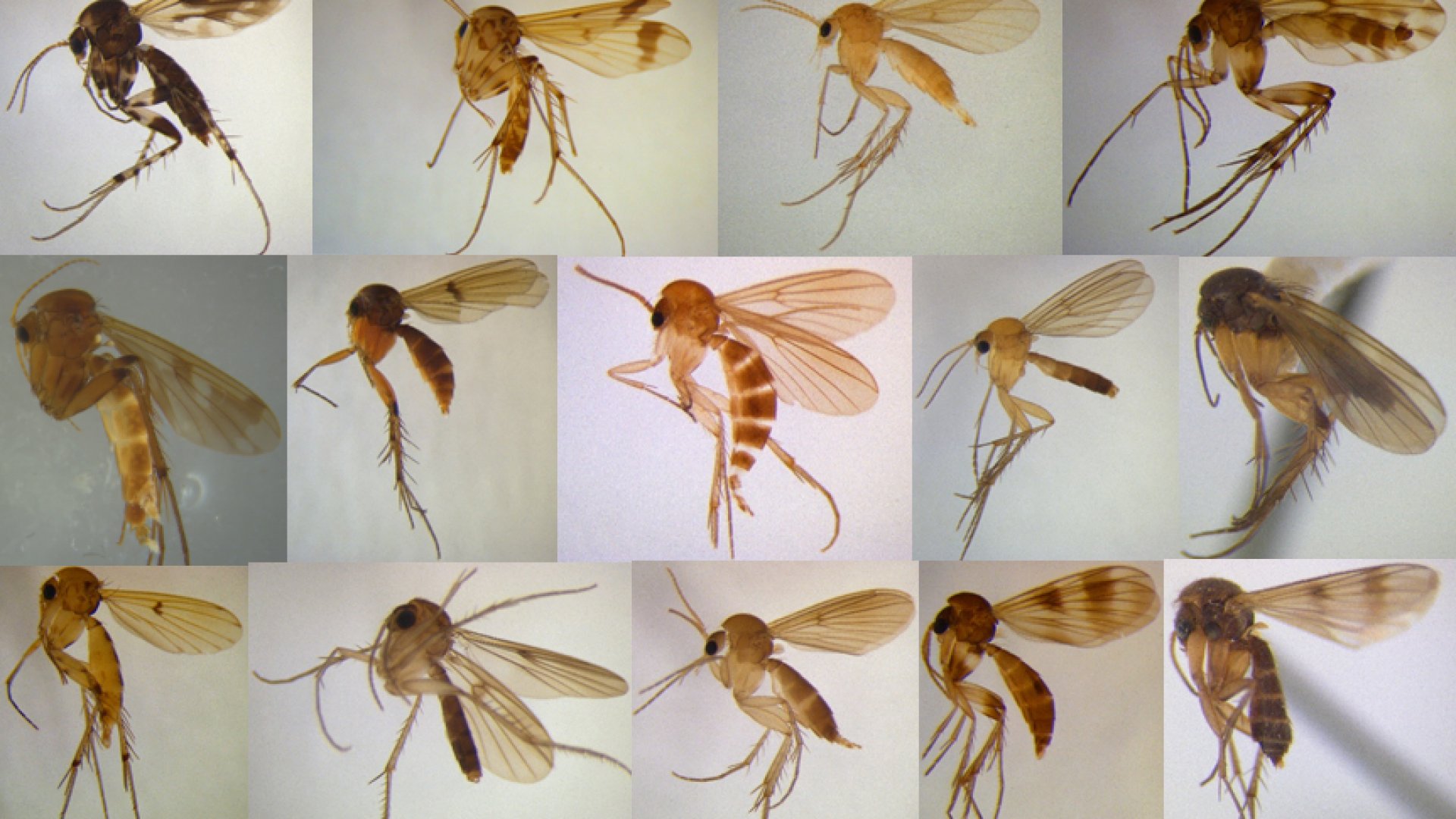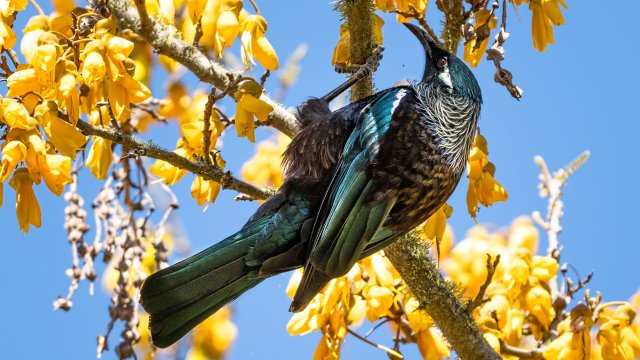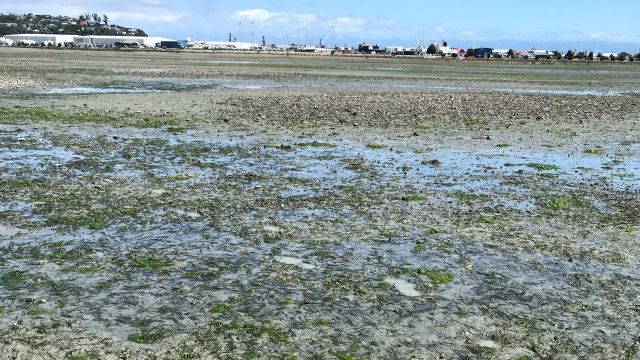Small is beautiful – the New Zealand Fungus Gnat
12/01/2021 3:39am
While they may have a name like a bad cartoon character, fungus gnats play a key role in the New Zealand forest ecosystem.
These tiny fliers, members of the Diptera group, feed on fungus and then provide food for native birds and lizards. Forest fungi do a sterling job of converting decaying material from dead trees and plants into a food source for the gnats, which then go on to feed animals further up the food chain.
Museum of New Zealand Te Papa Tongarewa (Te Papa) is currently running a research programme into Mycetophila fungus gnats (one of the most common groups of fungus gnat found in New Zealand, with around 50 endemic species) to create a species identification guide so we can distinguish native Mycetophila from harmful exotic gnats that threaten our delicate ecosystems. Mycetophila also play a role in the pollination of spider orchids.
A recent fungus gnat trapping operation in Nelson found 20 species of Mycetophila in just one location. This information and the specimens collected will be used to inform the Te Papa study and broaden our knowledge of these tiny but important insects.
You can find more information on the Te Papa fungus gnat study here



